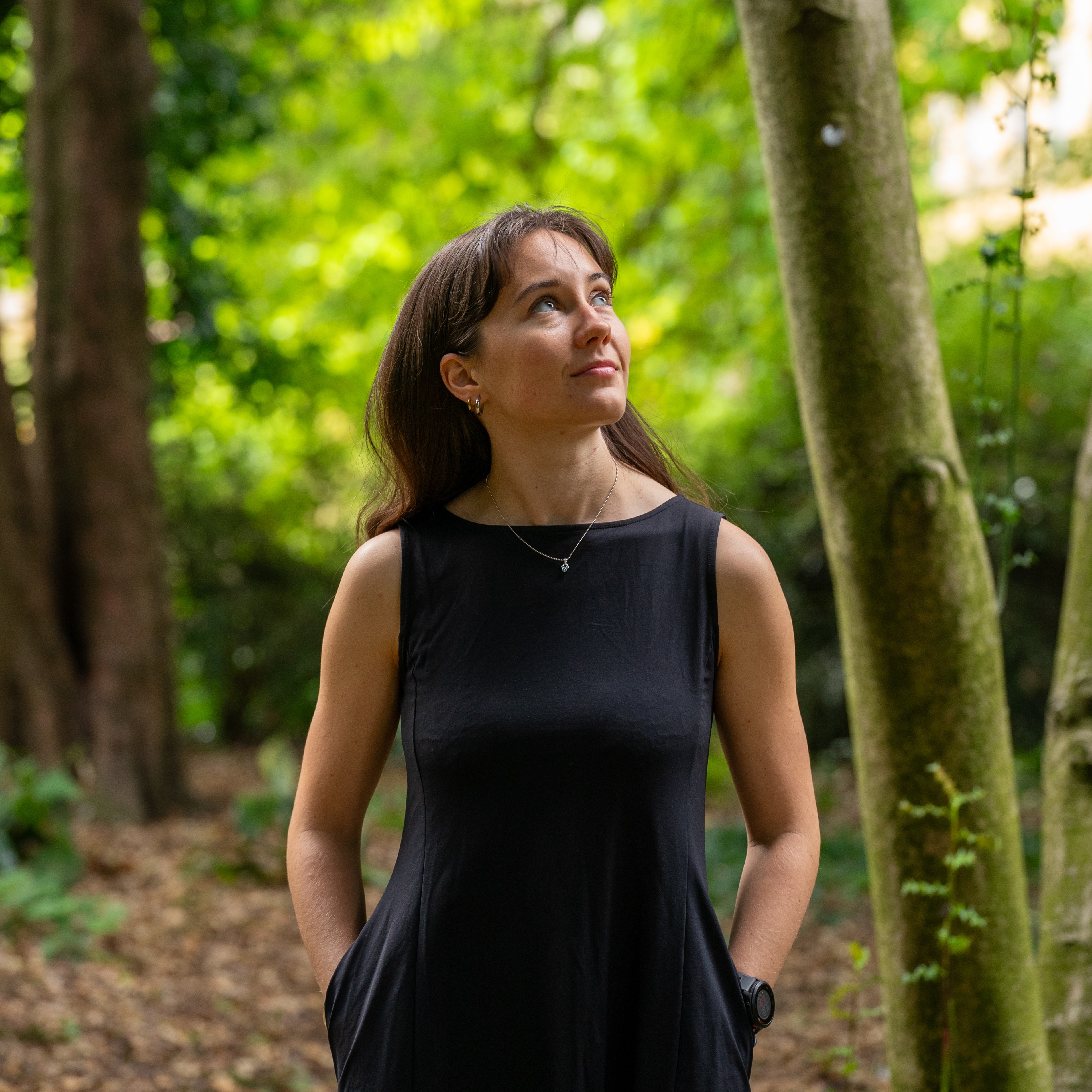Jemma Jeffery, recently awarded an MPhil, worked with 10- and 11-year-olds to think about how children might be encouraged to listen to and respond visually to birdsong.
Research shows that children who are attuned to nature are more likely to grow up engaging with the environment.
Jemma, originally from Nailsea, said:
“The project wasn't so much about quick identification. It was actually about how we can encourage a slower, deeper engagement and how we can encourage a more creative practice.”
It builds upon previous research in music psychology which has explored how children respond to musical stimuli, and growing calls in environmentally-minded scholarship to practise ‘deep’, ‘active’ and ‘close’ listening.

Jemma said:
“In recent years, new types of ‘listening’ have been described—‘deep’, ‘active’, for example—but often it is not clear what this actually means or what it hopes to achieve. My project provides one suggestion for how we can practice this type of ‘active’ and ‘close’ listening in relation to birdsong.”
Jemma played the children short clips of a song thrush and a chaffinch and then asked them to draw what they thought best represented the sound.
And their responses ranged from sound waves, through to interpretation using colour or personal memories or imaginary scenarios.
Jemma says that both visual representations and audio recordings of birdsong often remove all background sounds to create a ‘cleaner’ image or sound..
“But actually, the children really tuned in to these background sounds. They heard other sounds from the living environment – like water or the wind - rather than just the birdsong in isolation.”
Other children tried to make sense of what they had heard through their imagination. One student who heard three chirps followed by two represented this as a conversation between two birds.
Jemma, who occasionally sings in Christ’s College choir and plays piano, has always enjoyed composing music, but her interests are broadening into how we might understand sound and particularly the sounds of our environment.
She is also interested in the intersection between music and climate change and points out that since April this year ‘NATURE’ is listed as a musician on streaming platform Spotify and royalties will be used to support global climate initiatives.
Jemma’s research formed part of her study for an MPhil in Music awarded in August. She said:
“This is not just about understanding birdsong better; it is about nurturing a generation that values and protects our environment through creative and meaningful interactions—so that ultimately, today’s children become the stewards of tomorrow.”

